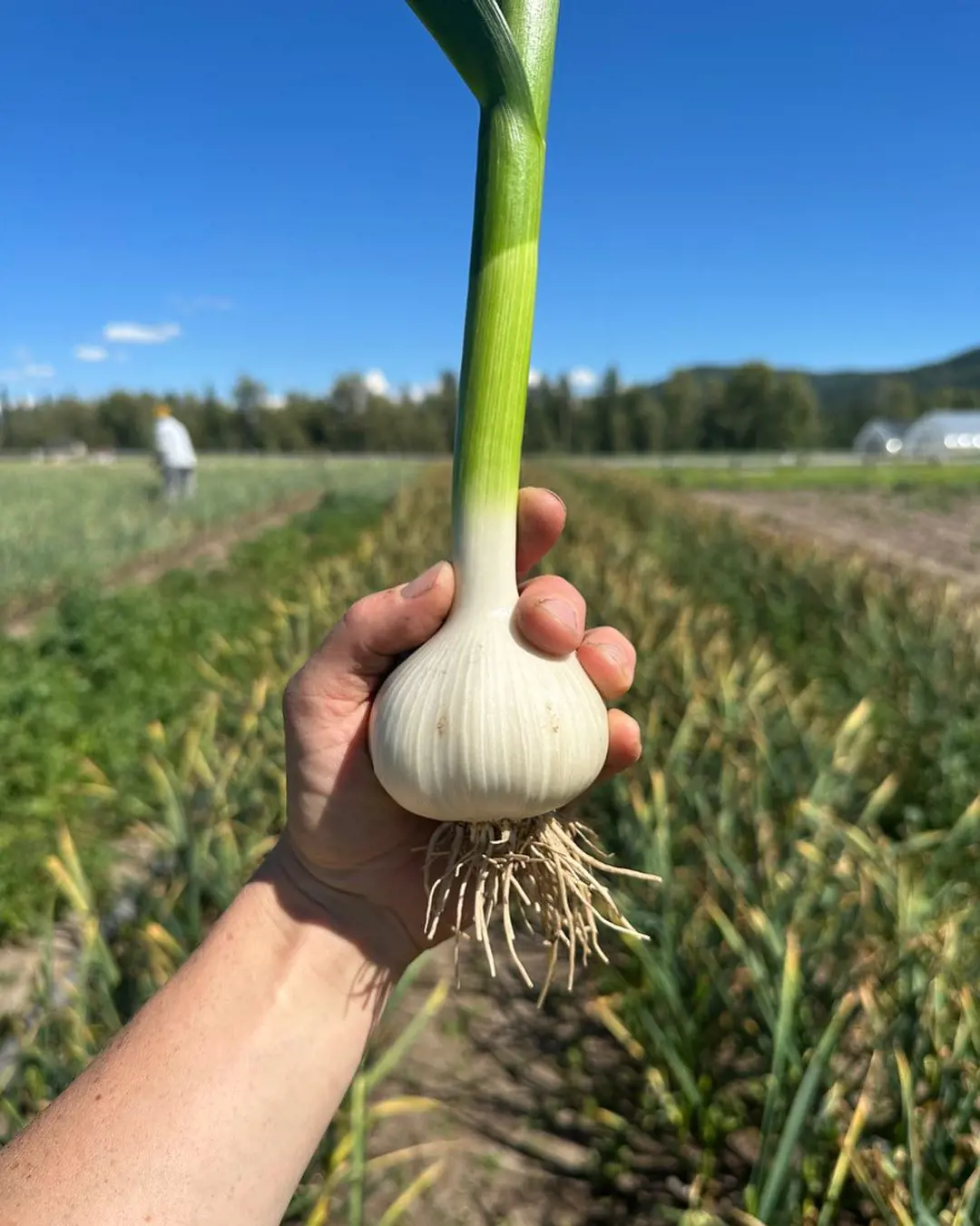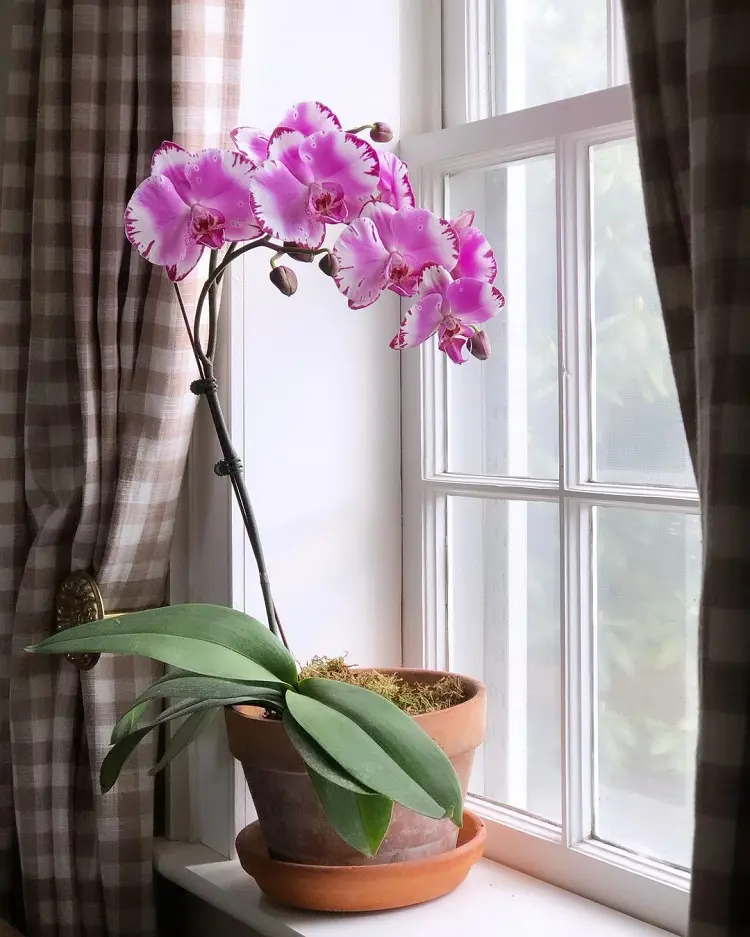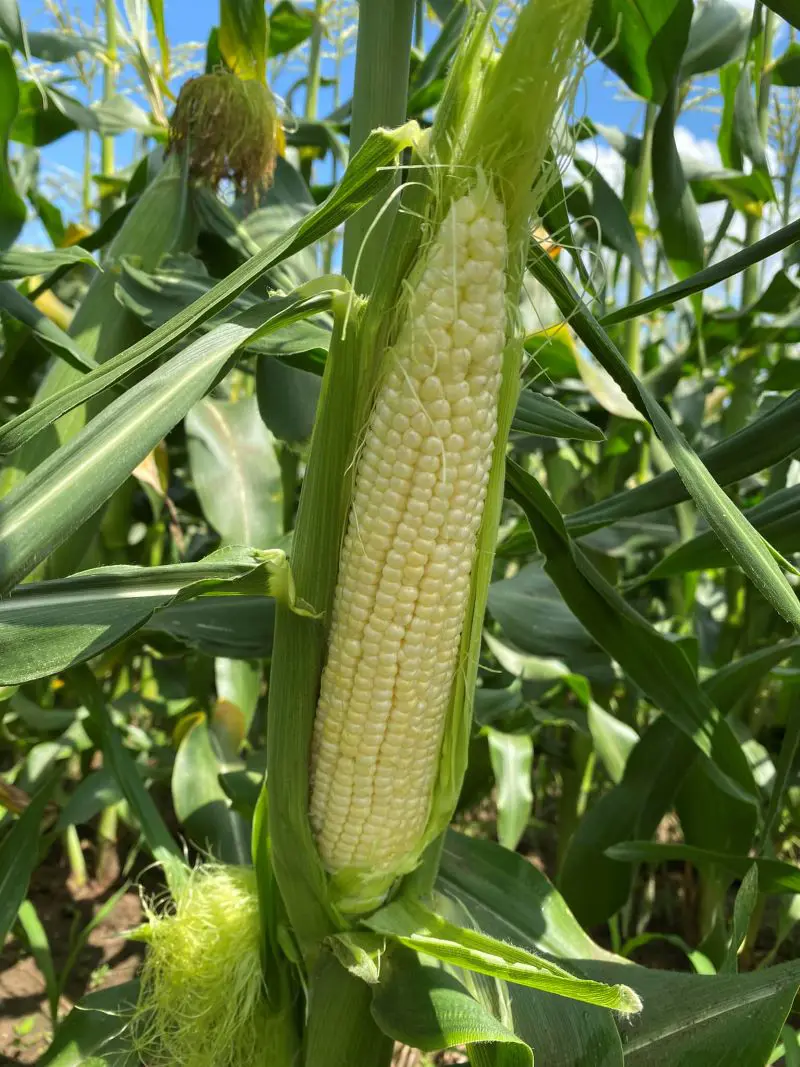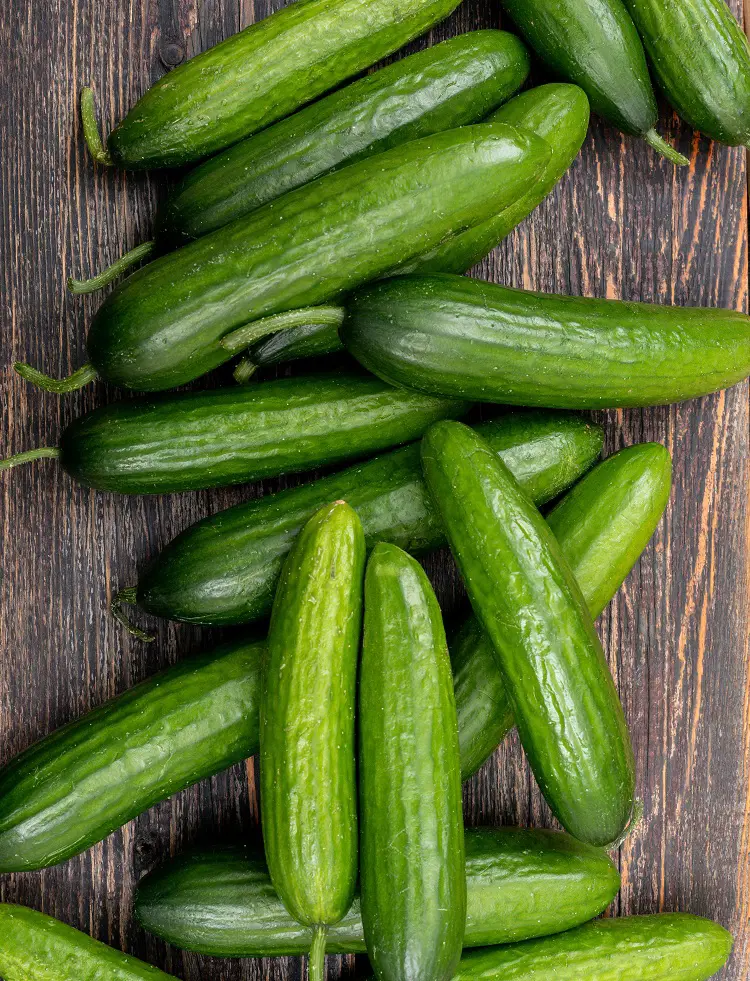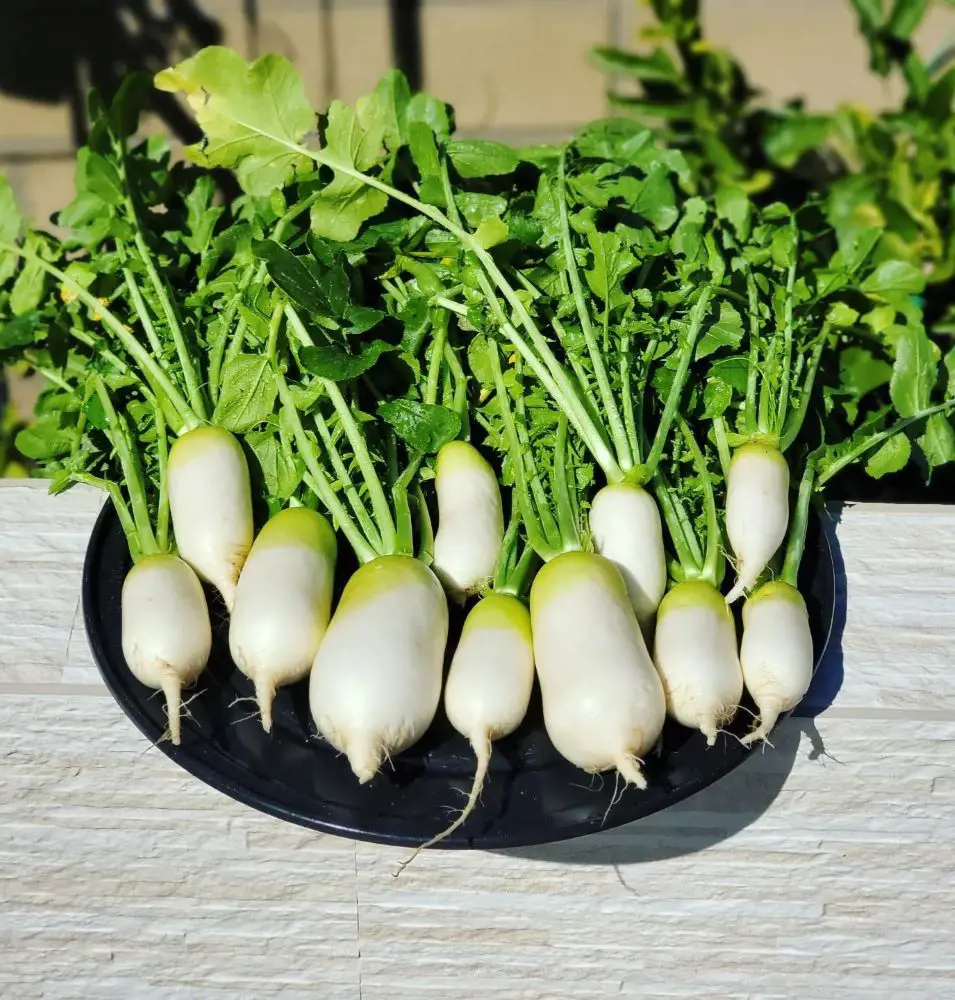How To Grow Basil
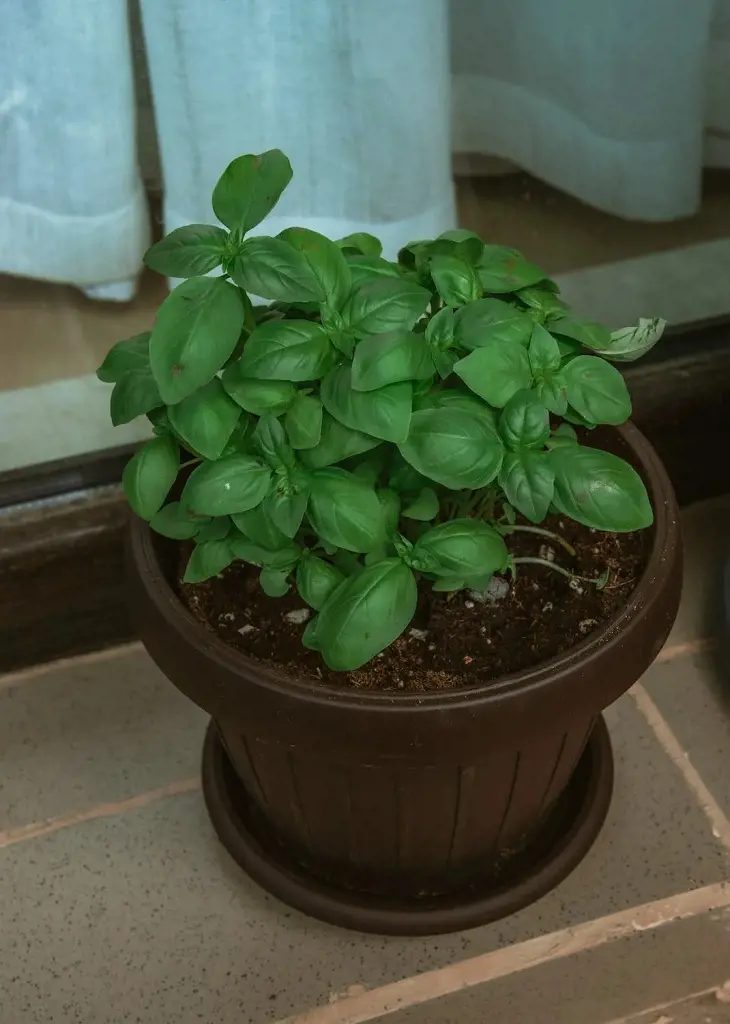
This post may contain affiliate links. If you make a purchase through links on our site, we may earn a commission.
Basil is a versatile herb that adds a delightful aroma and taste to a wide variety of dishes, from salads and sauces to pesto and marinades. With proper care and attention, you can successfully cultivate basil plants in your garden or even in a pot on your windowsill.
If you're looking to grow basil at home, we've got you covered with some awesome tips. In this article, we have gathered handy tips on how to grow basil successfully. By following these tips, you will be on your way to becoming a basil-growing pro in no time.
1. Start With Good Quality Seeds
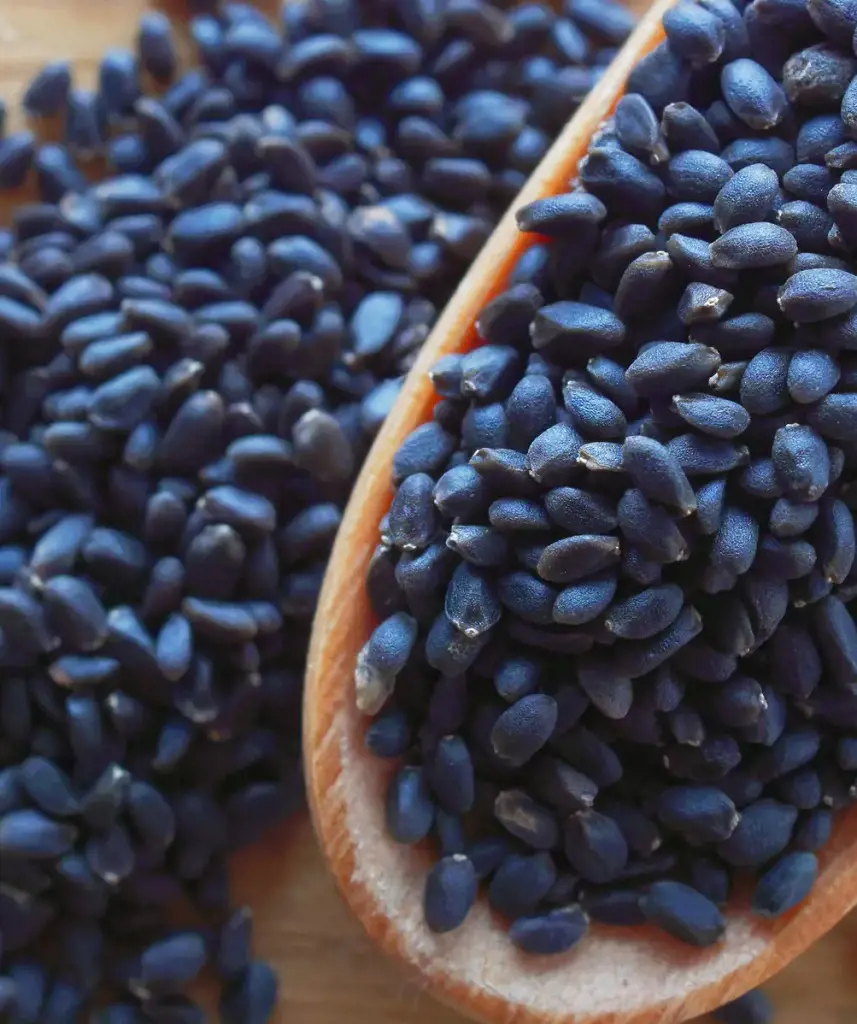
Starting with good-quality seeds is an important tip when it comes to growing basil at home. It means that you should choose seeds that are of high quality and have a good chance of germinating and producing healthy plants.
This ensures that you'll have a successful basil-growing experience right from the start. You can find these seeds at garden centers or purchase them online. Another option is to buy young basil plants from a nursery or garden store if you prefer to skip the seed-starting process. Either way, starting with good-quality seeds or seedlings sets you up for success in growing delicious basil at home.
2. Choose The Right Location
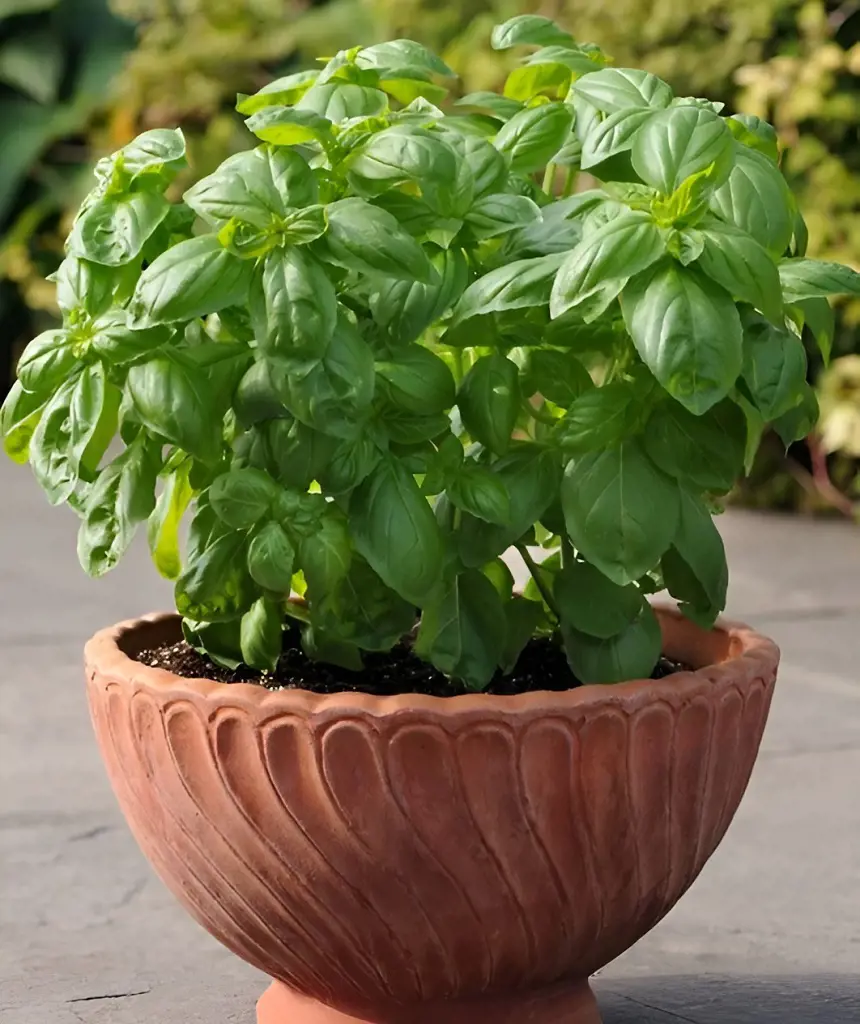
It is a crucial tip for growing basil at home as this provides the ideal conditions for the plant to thrive. Basil thrives in full sun, requiring at least 6-8 hours of direct sunlight per day.
Look for a sunny window sill or a spot on your balcony or patio that gets ample sunlight. If you don't have access to direct sunlight, you can use grow lights to provide the necessary light for your basil. By selecting the right location, you'll ensure that your basil plants receive the sunlight they need to grow healthy and flavorfully.
3. Use Well-draining Soil

Basil prefers soil that is rich in organic matter and drains well. Well-draining soil means that the soil allows excess water to flow through easily, preventing waterlogged conditions that can harm the basil plant's roots.
However, you can either buy a potting mix specifically formulated for herbs or make your own by mixing equal parts of compost, perlite, and peat moss. This type of soil will provide the right balance of nutrients and drainage for your basil plants, helping them to grow healthy and strong.
4. Plant Basil In The Early Spring
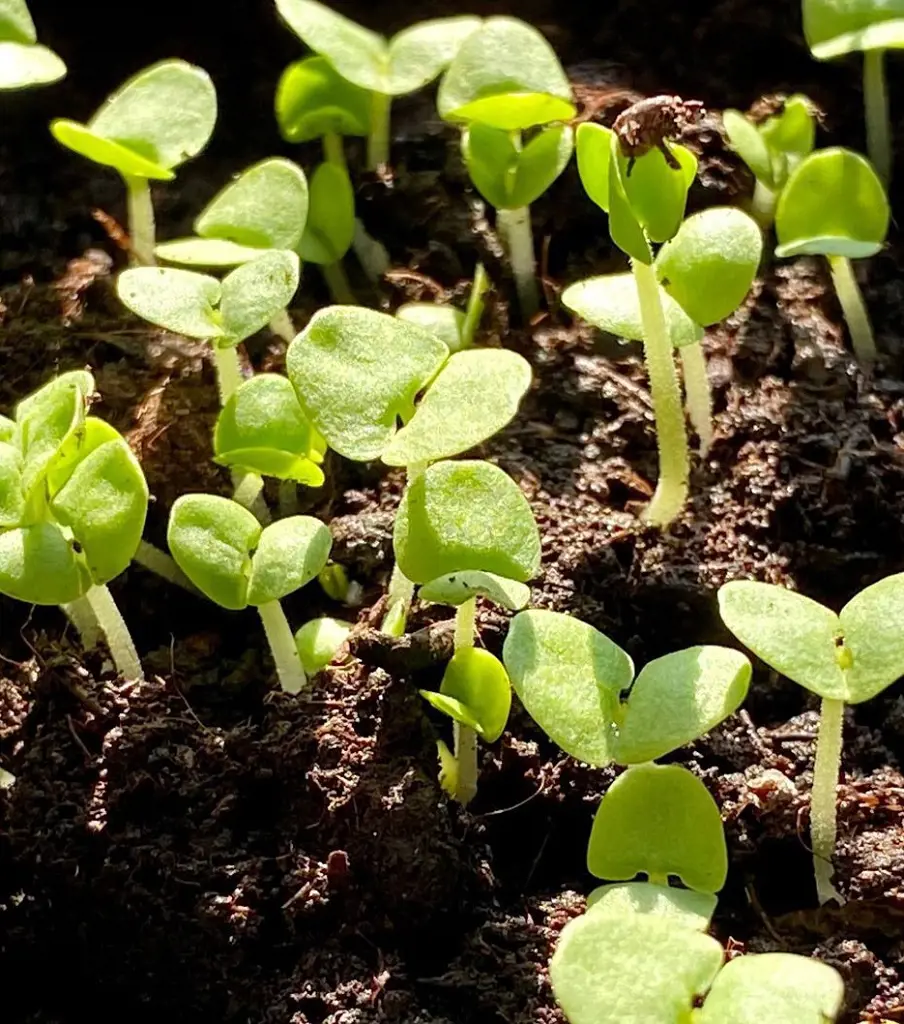
Planting basil in the early spring is a great tip for growing it at home. As the weather starts to warm up, it's the perfect time to sow basil seeds or transplant young basil plants into your garden or containers.
Basil loves warm temperatures, so planting it in the early spring allows it to establish its roots and grow vigorously throughout the growing season. Just make sure to protect your basil from any late frosts by covering it or bringing it indoors if necessary.
5. Start Seeds Indoors

Starting seeds indoors is a helpful tip for growing basil at home. It involves planting basil seeds in containers or seed trays indoors before the outdoor growing season begins. This allows you to control the growing conditions and give the seeds a head start.
To start seeds indoors, fill seed trays or small pots with seed-starting mix, plant the seeds according to the packet instructions, and keep them in a warm and well-lit area. Once the seedlings have grown a few inches tall and the weather is warm enough, you can transplant them outdoors.
6. Thin Seedlings 6-8 Inches Apart
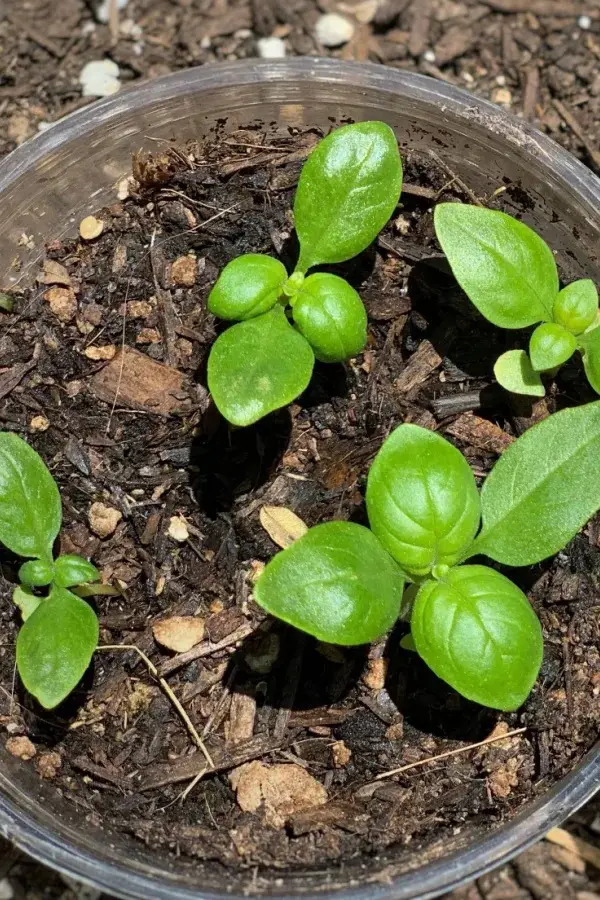
Thinning seedlings means removing some of the excess seedlings to create proper spacing between the basil plants. When the seedlings have grown a few inches tall, they may be too close together, which can lead to overcrowding and competition for resources like sunlight, water, and nutrients.
To thin seedlings, gently pull out the weaker or smaller seedlings, leaving a distance of about 6-8 inches between each remaining plant. This gives them enough room to grow and develop into healthy, robust basil plants.
7. Keep Soil Moist

One of the important tips for growing basil at home is keeping the soil moist. Basil plants prefer consistently moist soil but be careful not to overwater them. You want to keep the soil damp but not waterlogged.
To achieve this, water your basil plants regularly, ensuring that the top inch of soil remains moist. You can check the moisture level by sticking your finger into the soil. If it feels dry, it's time to water. However, keep in mind not to let the soil become soggy, as this can lead to root rot. By maintaining the right level of moisture, you'll provide your basil plants with the ideal conditions for healthy growth and abundant leaves.
8. Water The Soil Not The Leaves
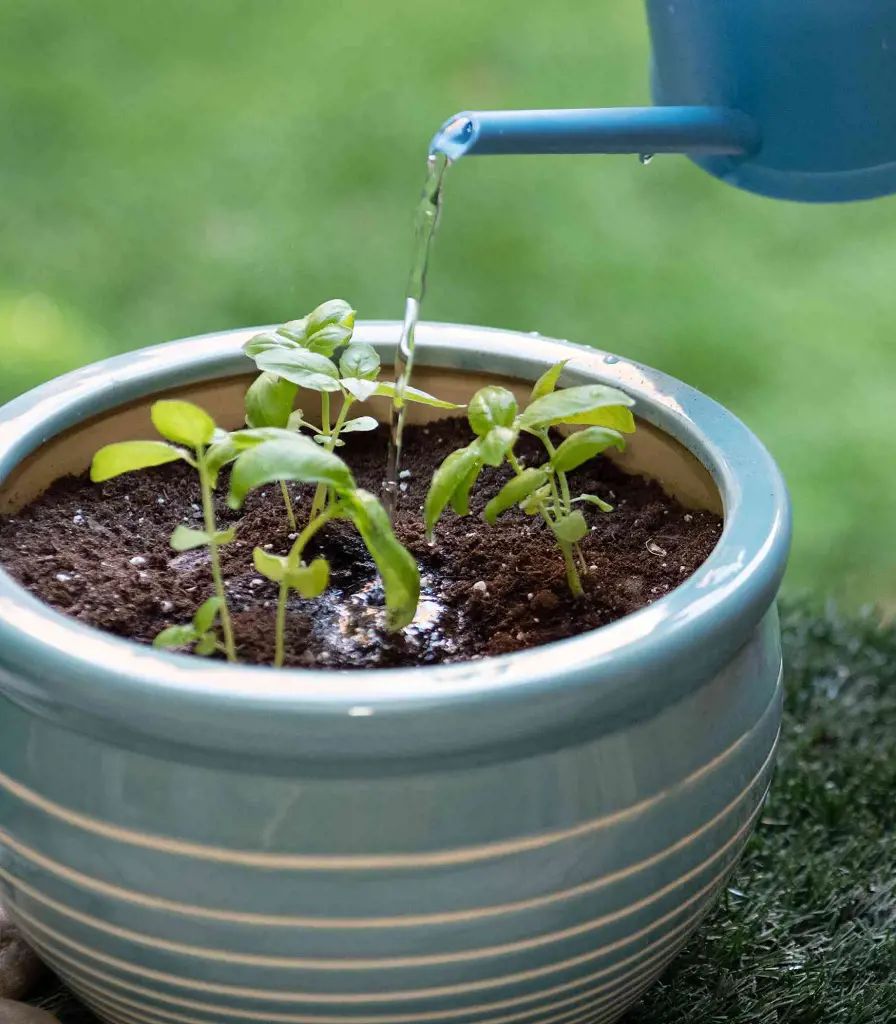
Watering the soil instead of the basil leaves is an important tip for growing basil at home. When you water your basil plants, it's best to direct the water at the base of the plant, right onto the soil. This helps prevent moisture from sitting on the leaves, which can lead to fungal diseases.
By watering the soil directly, you ensure that the roots receive the water they need to thrive while keeping the leaves dry and healthy. So remember, aim for the soil and not the leaves when watering your basil plants for optimal growth.
9. Fertilize Properly
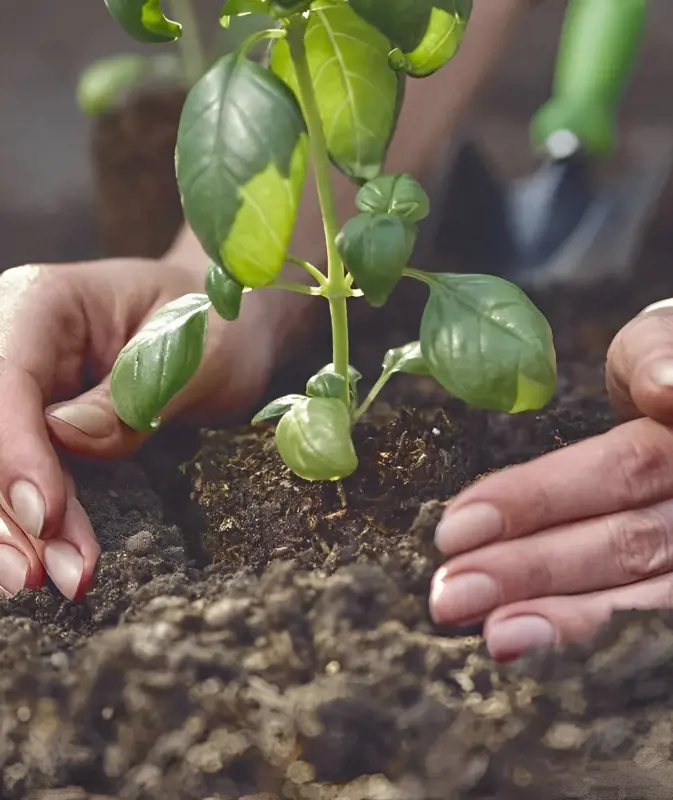
To maintain healthy growth and abundant harvest fertilizing basil properly is an important tip that you should follow. When fertilizing basil, it's best to use a balanced fertilizer with equal parts nitrogen, phosphorus, and potassium.
However, you can find these fertilizers at your local gardening store. For the correct dosage and frequency follow the instructions on the fertilizer package. Generally, it's recommended to fertilize basil every 4-6 weeks during the growing season. But, be careful not to over-fertilize, as this can lead to excessive leaf growth and less flavor.
10. Prune Regularly
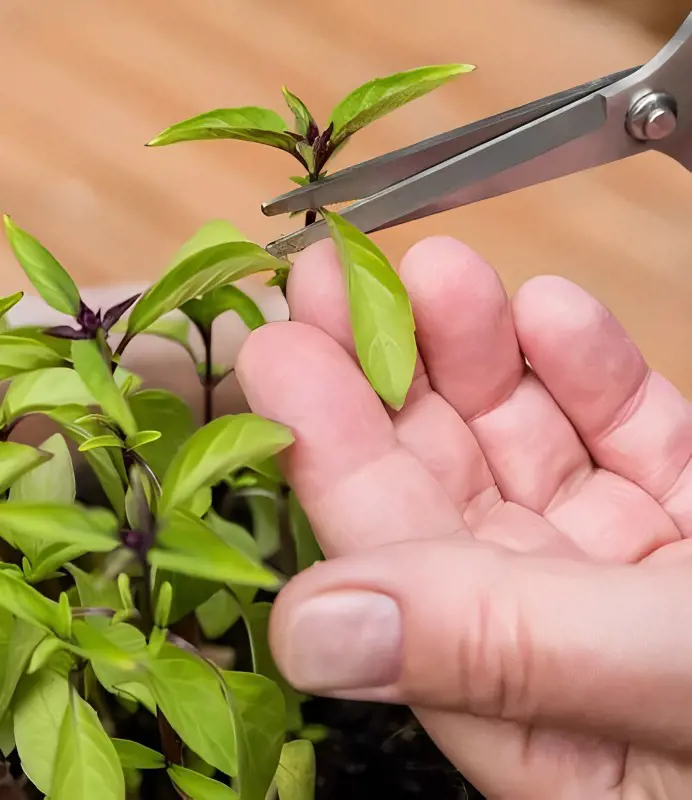
Pruning regularly is a key tip for growing basil at home. Pruning regularly involves trimming or cutting back the basil plant to remove any dead or yellowing leaves.
Pruning also helps to stimulate the production of more flavorful leaves and prevents the plant from flowering too early. You can prune basil throughout the growing season, but be careful not to remove more than one-third of the plant at a time. Thus, regular pruning helps maintain the plant's shape, prevents it from becoming leggy, and encourages continuous leaf production.
11. Protect From Pests
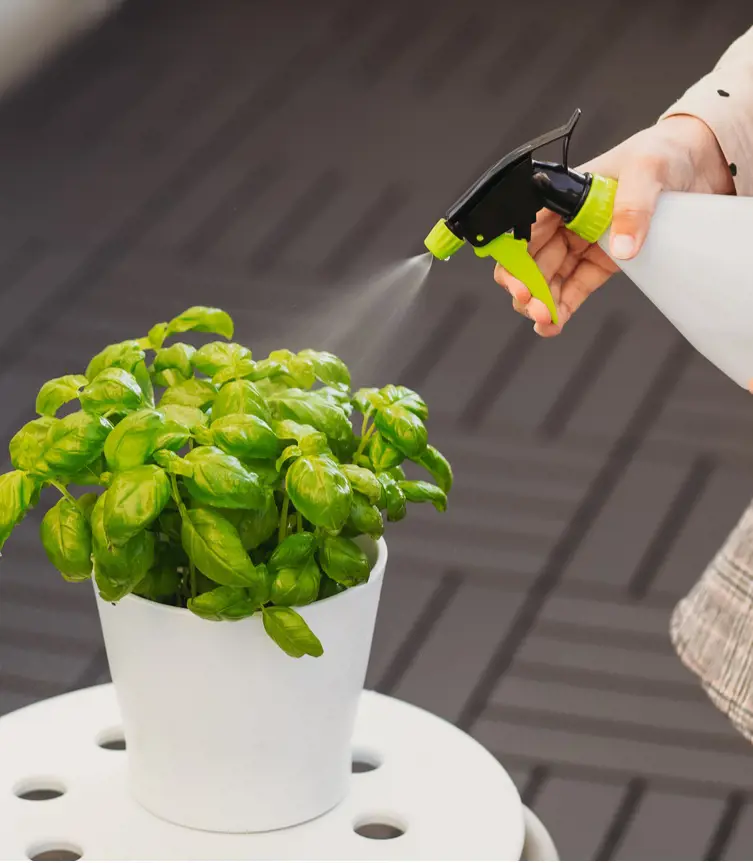
Have you ever noticed that pests like aphids, slugs, and snails can cause damage to your basil leaves and hinder their growth? To keep these pests away, there are a few things you can do.
Firstly, you can try companion planting by growing basil alongside plants that repel pests, such as marigolds or garlic. However, there are also many basil companion plants that you may go through. Additionally, you can regularly inspect your basil plants for any signs of pest infestation. If you spot any pests, you can gently remove them by hand or use an organic insecticidal soap to control the population. Another preventive measure is to keep the garden area clean and free from waste, as this can attract pests.
12. Harvest Early And Often

Harvesting early and often is a perfect tip for growing basil at home. When it comes to basil, the more you harvest, the more it grows. By regularly snipping off the top leaves, you encourage the plant to produce more foliage and prevent it from flowering too soon.
To harvest basil, simply pinch or cut off individual leaves or stems just above a set of healthy leaves. You can start harvesting once the plant has grown a few sets of leaves and has reached a decent size. Remember to harvest in the morning when the leaves are at their freshest and most flavorful.
Recent posts
How To Grow
How To Grow
How To Grow Garlic
A bulbous member of the onion family, garlic is prized for both its potent flavor and a variety of therapeutic applications. Due to its relative ease of cultivation, it is a favorite among home gardeners and a pioneer in kitchens worldwide. Garlic ma...
How To Grow
How To Plant and Grow Orchids
Orchids are one of the prettiest and most interesting flowers out there, with over 30,000 types and 200,000 hybrids. They are one of the biggest families of plants and can grow indoors or outdoors. However, growing and taking care of orchids is not e...
How To Grow
How To Plant, Grow And Harvest Corn All By Yourself
Growing your popcorn or sweet corn at home garden can seem like an interesting idea. However, it requires a large amount of space to grow as it is a tall plant that needs plenty of room to spread out. But, if you want to enjoy freshly popped po...
How To Grow
How To Plant, Grow And Care Cucumbers
Growing cucumbers is like going on a fun journey where you get to plant and pick your very own crunchy veggies. It's not just about having tasty cucumbers, it's also about the joy of seeing your plants grow. Whether you have a big garden or a small b...
How To Grow
How To Plant, Grow And Care Radishes In Your Garden
Growing radishes in your garden is a fantastic way to enjoy crisp and peppery veggies that you've nurtured from seed to plate. It's a straightforward process that anyone can try, even if you're new to gardening. In the following 12 steps, we'll guide...
How To Grow
How to Plant, Grow And Care For Spinach?
Growing leafy greens in your backyard garden is both healthy and fun. Spinach can be the best leafy green to start with as it is relatively easy to grow from scratch and can be harvested in about a month from planting. It thrives in spring or fall in...
